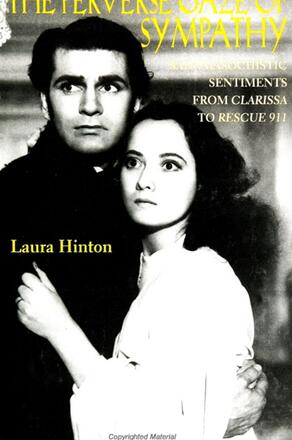
The Perverse Gaze of Sympathy
Sadomasochistic Sentiments from Clarissa to Rescue 911
Alternative formats available from:
Offers a new interpretation of “sympathy” as an instrument for investigating contemporary culture, gender, and visual technique.
Description
Suggesting that sentimental novels, films, and TV melodramas are guided by an ambivalent and sadoerotic sympathy, this book shows sympathetic sentiments to be cultural formulations of male desire, and sympathy itself to be the embodiment of a controlling gaze. In a playful but historically persuasive linkage of diverse texts, Laura Hinton shows how sympathetic spectators love their victims and, in the process, maintain authoritarian codes of sexual and racial difference.
Laura Hinton is Assistant Professor of English at The City College of New York.
Reviews
"Hinton's bringing to bear on the novel the sensibility of the reader literate in film alerts her to the role of spectatorship within novels and in the reading process, as it simultaneously allows her to position contemporary sentimental spectatorship in a history that derives from the novel." — Mary Ann O'Farrell, Texas A & M University
"'Sympathy' as it is placed within the broad and richly suggestive synthesis of film theory, psychoanalysis, and literary/cultural history becomes a new topic. This book offers a new interpretation of 'sympathy,' a concept often historically bound, a subject most often relegated to eighteenth-century literary and cultural history; it brings together some of the most important critical and theoretical notions of representation and subjectivity of the past thirty years and creates a new instrument for investigating contemporary culture, gender, and visual technique and technology." — Suzanne R. Pucci, University of Kentucky, Lexington